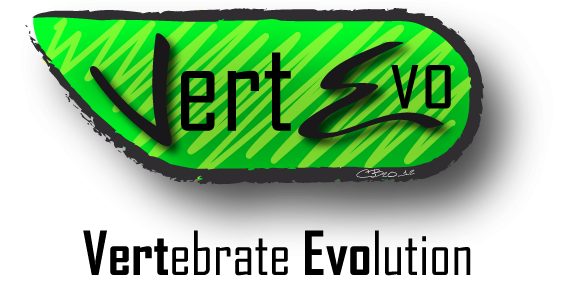Hot off the press! Bone microanatomy and musculature

Ulna of the pine marten: Cortical bone mapping (upper row) and muscle attachement sites (lower row).
The results of a previous study (Böhmer et al. 2018 The Anatomical Record) revealed that certain muscles in the forelimb of the pine marten have a greater force-generating capacity than that of the stone marten. Both taxa are very similar in overall appearance, but distinctly differ in habitat preference and locomotor mode. In contrast to the more terrestrial stone marten that also takes advantage of urban areas, the pine marten is a habitat specialist associated with forest environments. Increased muscular strength may promote efficient limb movement during climbing in the latter taxon. In the present work (Bader et al. 2022 Journal of Anatomy) we investigated the long bone microanatomy in order to find out if the species-specific muscular adaptations are also reflected in the bone cortex. The results indicate a correlation between cortical thickness and the strength of some muscles, but not for all. Bone cortical thickness is also linked to bone contact zones and ligament insertions.
References:
Bader C, Böhmer C, Abou M and Houssaye A (in press, 2022) How does bone microanatomy and musculature covary? An investigation in the foerlimb of two species of martens (Martes foina, Martes martes). Journal of Anatomy. DOI: 10.1111/joa.13645
Böhmer C, Theil JC, Fabre AC, Herrel A (2020) Atlas of terrestrial mammal limbs. CRC Press: Boca Raton. 403 pp. ISBN 9781138705906. DOI: 10.1201/b22115
Böhmer C, Fabre A-C, Herbin M, Cornette R, Peigné S and Herrel A (2018) Anatomical basis of differences in locomotor behavior in martens: a comparison of the forelimb musculature between two sympatric species of Martes. The Anatomical Record 301 (3): 449-472. Special issue on functional morphology (invited contribution). DOI: 10.1002/ar.23742




Neueste Kommentare